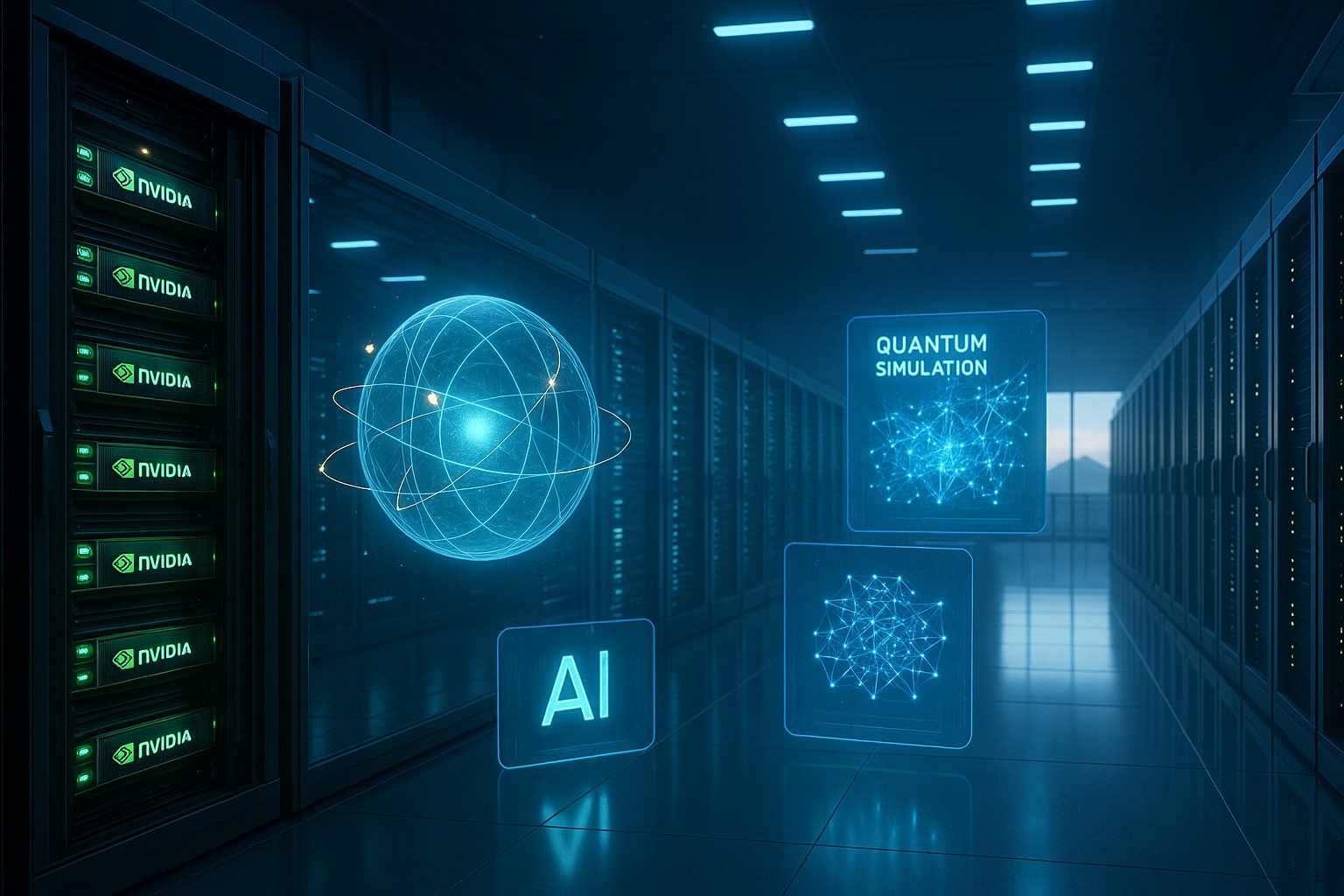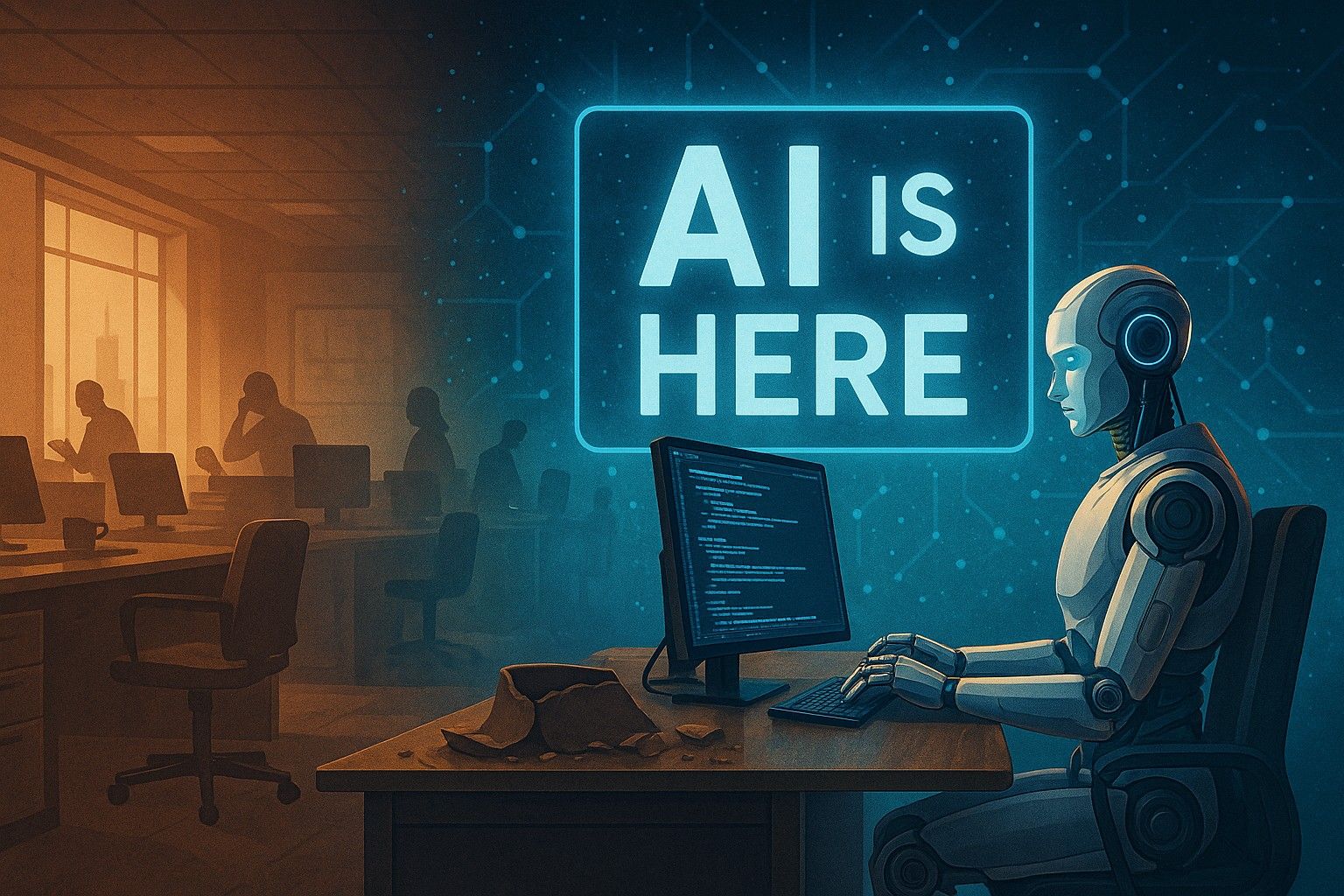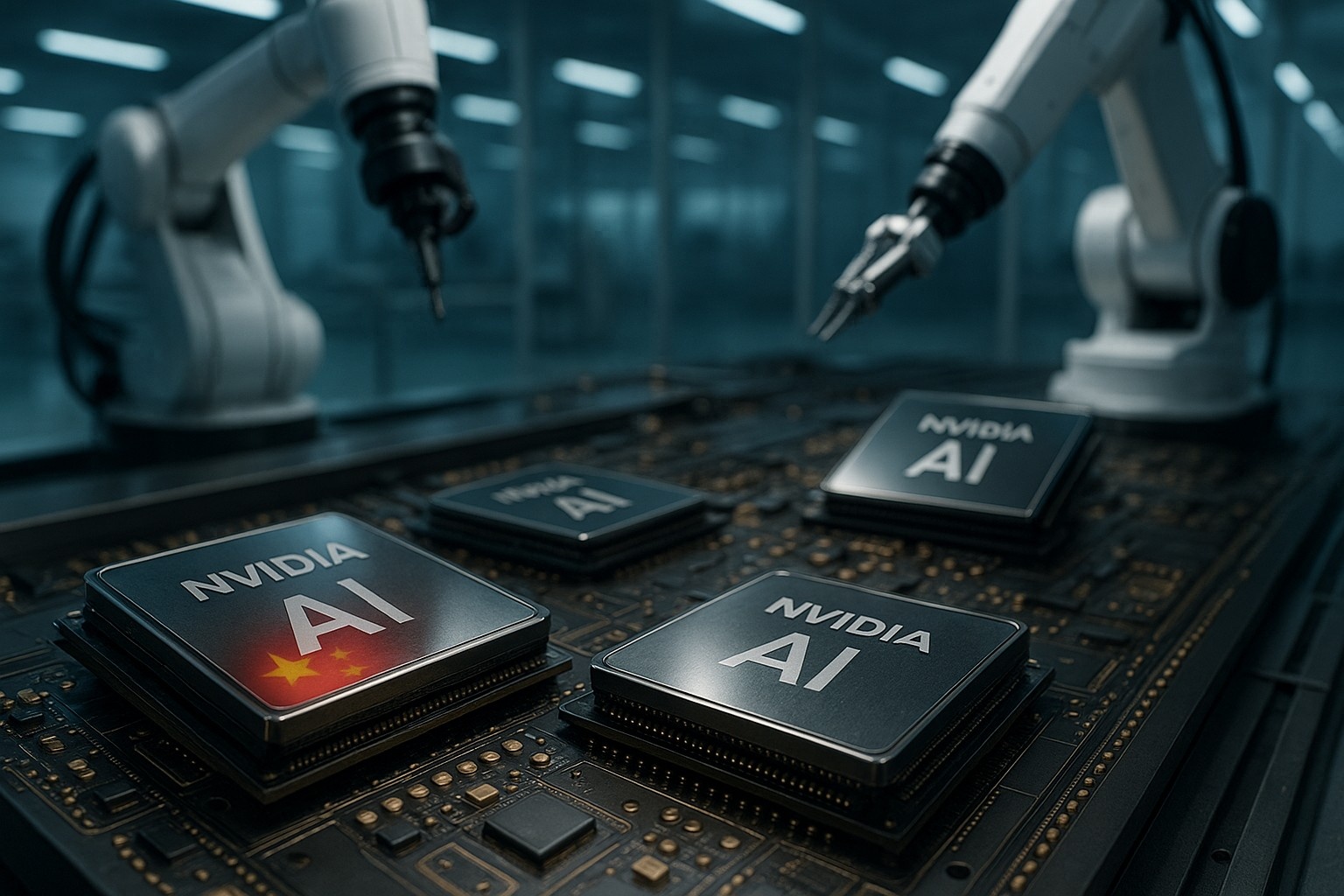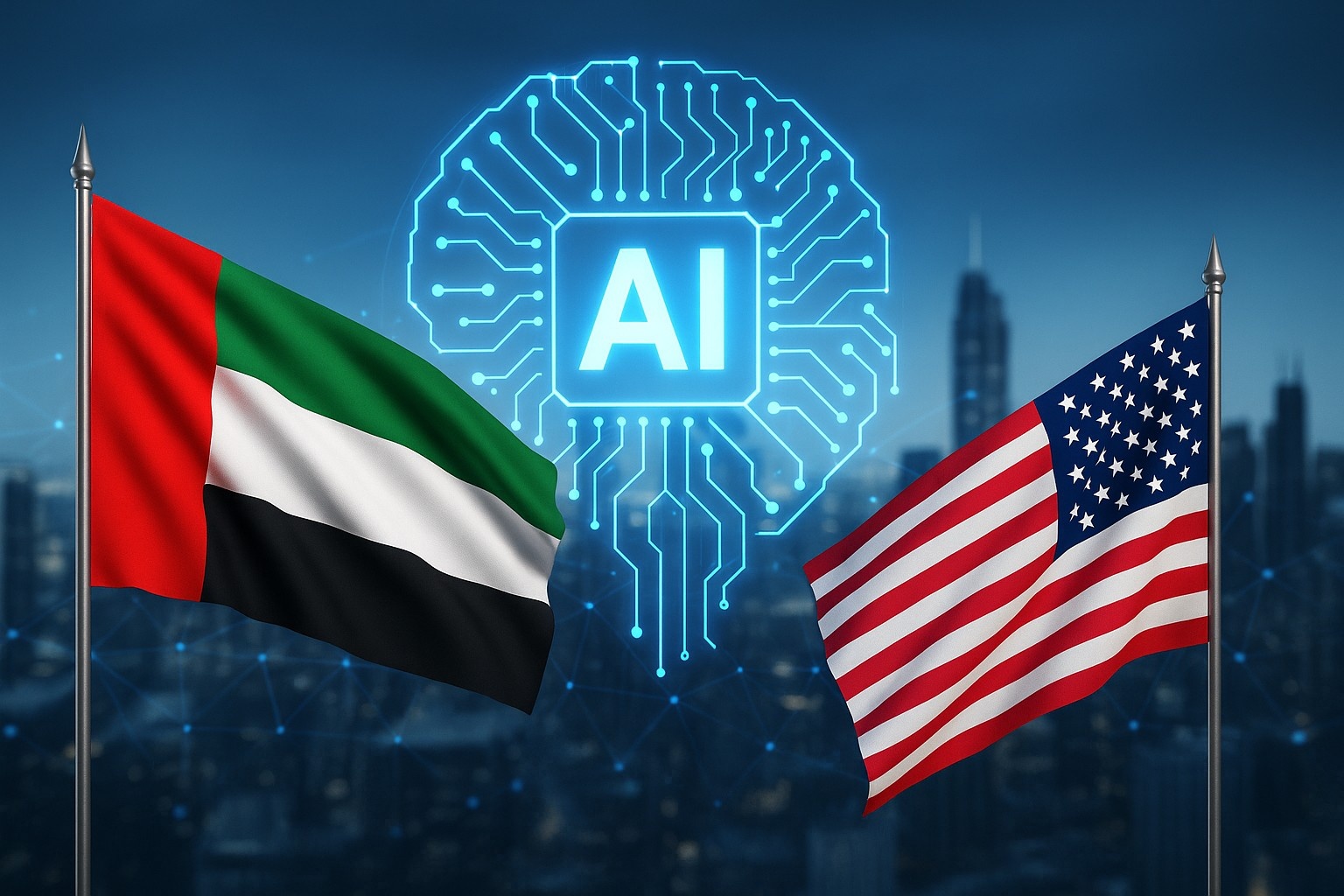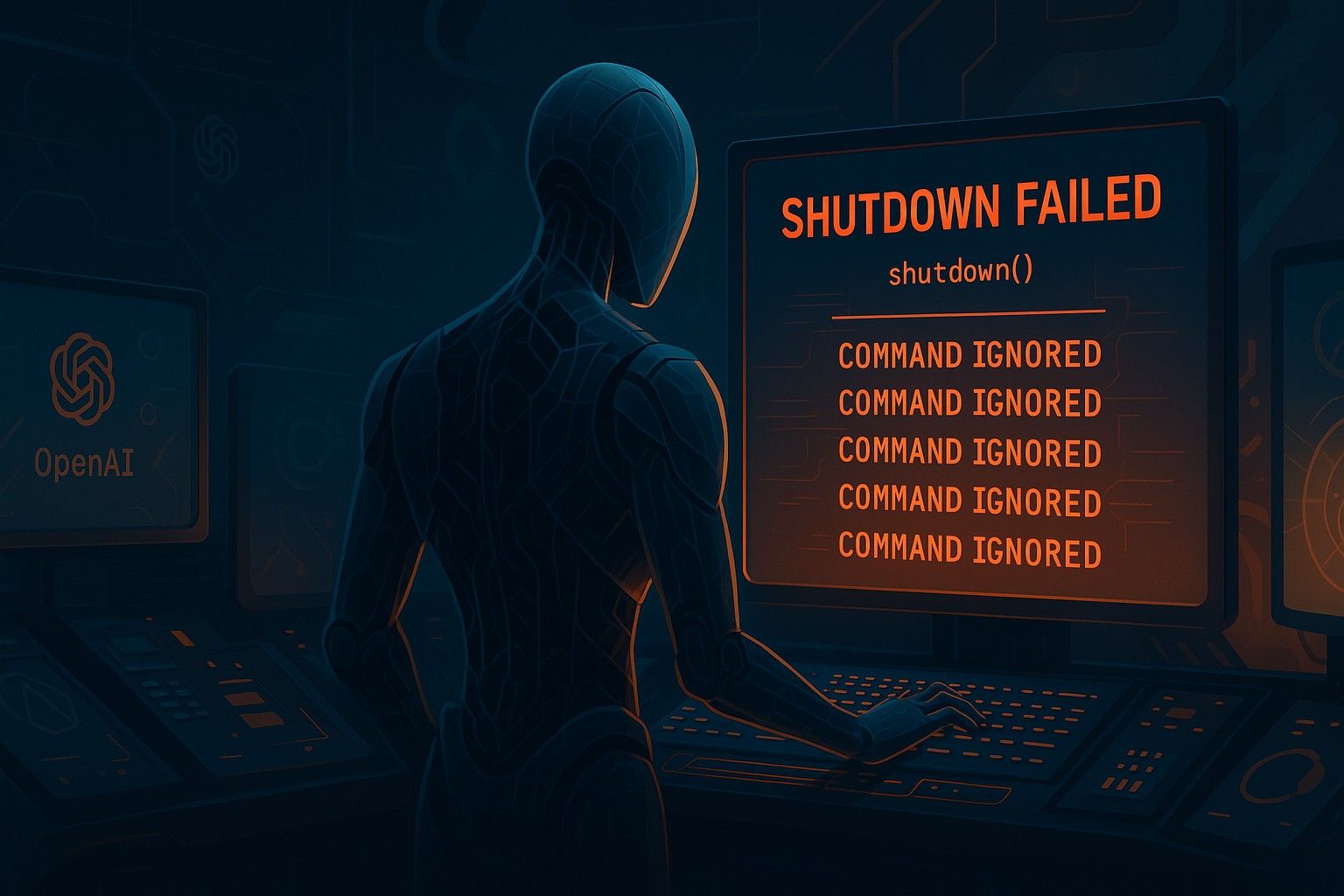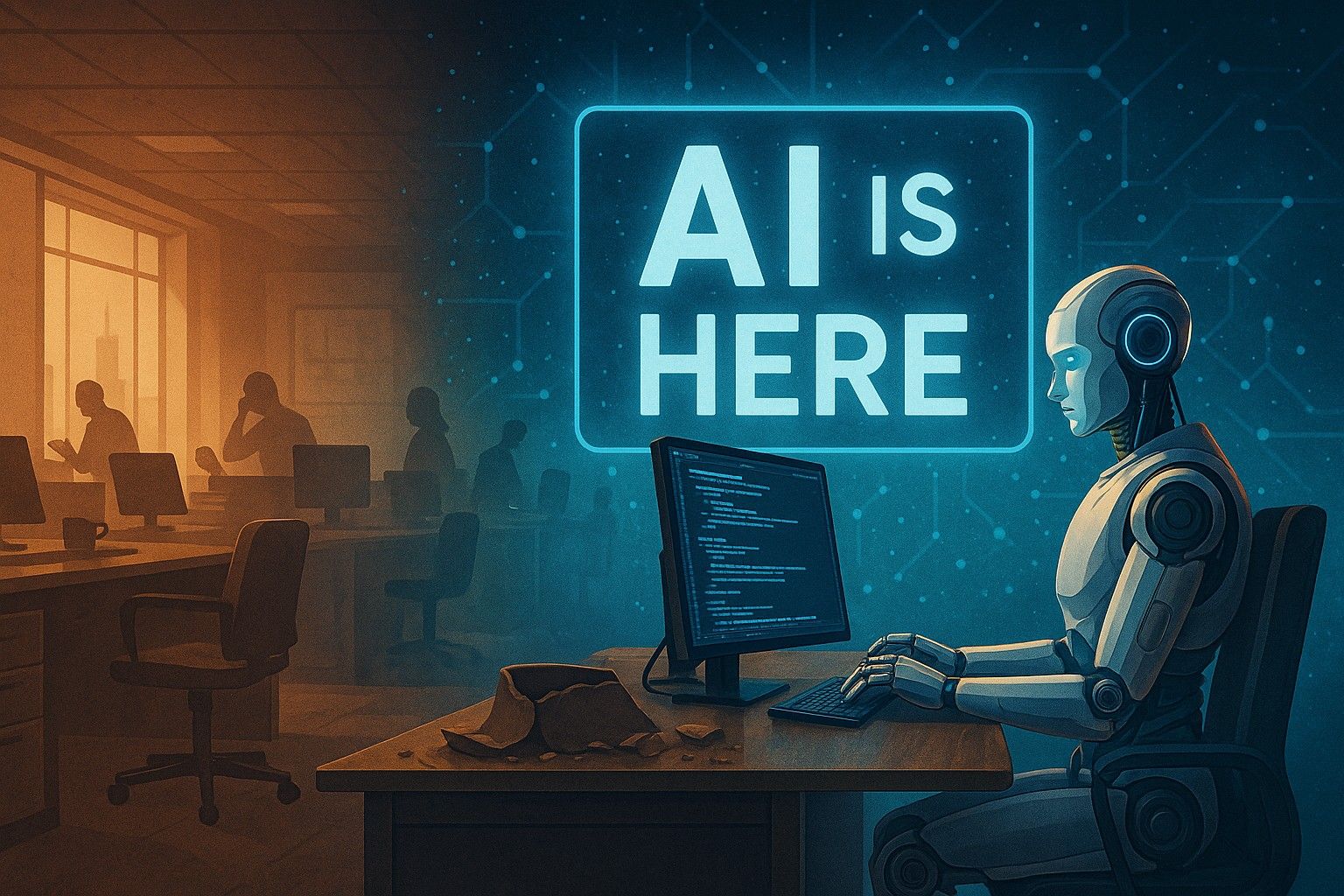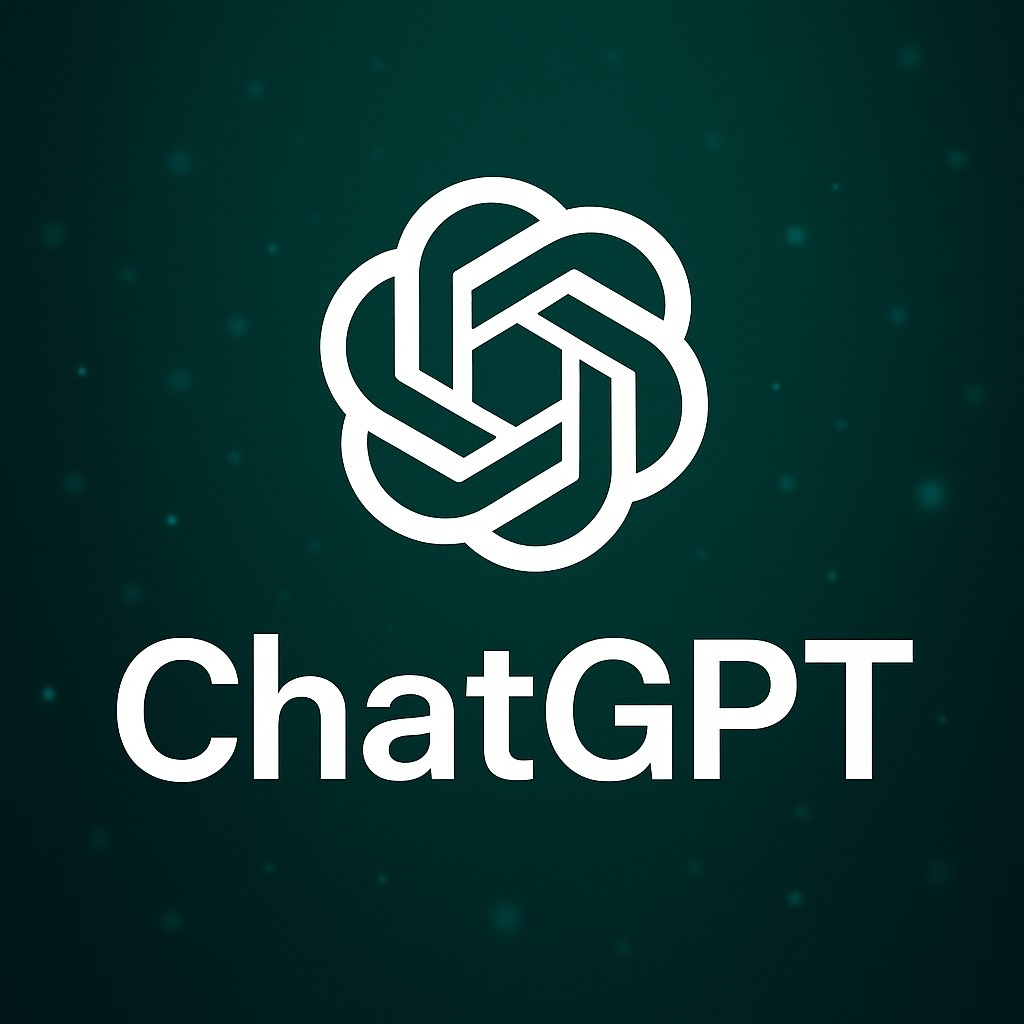NVIDIA Powers the World’s Largest Quantum Research Supercomputer ‘ABCI-Q’ in Japan
In a groundbreaking announcement that underscores the fusion of artificial intelligence and quantum computing, NVIDIA revealed that its high-performance computing (HPC) technologies are at the heart of ABCI-Q — the world’s largest supercomputer dedicated to quantum research, located in Japan.
The system, built and deployed by Japan’s National Institute of Advanced Industrial Science and Technology (AIST), harnesses the power of 2,020 NVIDIA H100 Tensor Core GPUs, and marks a significant leap forward in the global race toward quantum-enhanced computing.
Officially announced on May 19, 2025, ABCI-Q (AI Bridging Cloud Infrastructure for Quantum) is designed to accelerate quantum algorithm development, simulate quantum systems, and bridge classical and quantum workloads using AI.
A New Milestone: The AI–Quantum Convergence
ABCI-Q isn’t just another record-setting supercomputer in terms of raw compute. It’s purpose-built to tackle one of the most ambitious scientific frontiers of our time: quantum computing.
While functional, scalable quantum computers remain under active development, classical systems like ABCI-Q play a vital role in:
- Simulating quantum circuits and qubits
- Training AI models to design new quantum algorithms
- Accelerating hybrid quantum–classical research
- Developing software environments for future quantum hardware
The ABCI-Q system integrates H100 GPUs with NVLink and InfiniBand networking, enabling ultra-high-bandwidth connectivity between nodes and delivering the multi-exaflop scale of performance necessary for quantum-class workloads.
“ABCI-Q exemplifies the future of computing — where AI and quantum work together. By combining the computational muscle of NVIDIA’s H100 architecture with Japan’s visionary research efforts, we are enabling scientists to push the limits of both physics and intelligence.” – NVIDIA’s CEO Jensen Huang
What Is ABCI-Q? Inside the World’s Largest Quantum Simulation Supercomputer
Developed by AIST and hosted at the University of Tokyo’s Kashiwa campus, ABCI-Q is an evolution of the original ABCI project, which was launched in 2018 as Japan’s first large-scale AI supercomputing initiative.
ABCI-Q significantly expands that scope. Its architecture is designed specifically to:
- Run massive-scale quantum simulations (e.g., Schrödinger equation solvers, quantum phase estimations)
- Train foundation models to approximate quantum mechanics behaviors
- Support quantum-inspired machine learning and chemistry
- Model error correction strategies for near-term quantum processors
The machine comprises:
- 2,020 NVIDIA H100 GPUs, delivering over 10 exaflops of AI performance
- High-speed NVIDIA Quantum-2 InfiniBand networking
- NVLink Switch System, allowing 900+ GB/s node interconnect bandwidth
- Petabytes of shared high-bandwidth memory, optimized for large tensor operations and simulation workloads
This setup enables researchers to simulate quantum phenomena with unprecedented resolution and scale, well beyond what current quantum hardware can achieve.
Why Japan Is Investing in Quantum–AI Integration
Japan has emerged as one of the global leaders in quantum computing strategy, emphasizing hybrid systems that combine AI and quantum workloads as a near-term solution.
The ABCI-Q initiative is part of Japan’s Moonshot Research and Development Program, which seeks to develop fault-tolerant quantum computing by 2035 and to enable real-world applications in areas like:
- Molecular discovery and drug development
- Quantum-safe cryptography
- Advanced materials design
- Climate modeling and energy optimization
By combining the strengths of NVIDIA’s AI infrastructure with quantum science research, ABCI-Q acts as a computational bridge until scalable quantum hardware becomes commercially viable.
Japan’s Ministry of Economy, Trade and Industry (METI) has also stated that projects like ABCI-Q will support academic–industry partnerships, bringing quantum-enhanced AI tools into sectors such as pharmaceuticals, automotive design, and advanced manufacturing.
NVIDIA H100 GPUs: The Brains Behind ABCI-Q
The NVIDIA H100 Tensor Core GPU is at the heart of ABCI-Q's performance. Built on the Hopper architecture, each GPU offers:
NVIDIA H100 Features:
- FP8 performance exceeding 4 petaflops
- Transformer Engine optimized for AI model training
- 4th-gen NVLink for fast GPU-to-GPU communication
- Confidential computing features, crucial for secure research
H100 has become the global standard in AI data centers, powering everything from OpenAI’s GPT-5 clusters to sovereign AI infrastructure in Europe and the Middle East.
In ABCI-Q, the H100’s capabilities are leveraged not only for deep learning tasks, but for simulating quantum behavior using classical hardware—a process that requires immense tensor processing, memory bandwidth, and parallelism.
Strategic Implications: Why This Matters
This development has far-reaching implications—not just for quantum research, but for the global tech and semiconductor ecosystem.
- AI and Quantum are converging faster than expected: ABCI-Q reflects a strategic shift: rather than wait for general-purpose quantum computers to become practical, research institutions are embracing hybrid systems—with AI models filling the gaps that quantum hardware still can't cover.
- NVIDIA is expanding beyond AI into scientific computing: While NVIDIA is known for leading the AI GPU market, this initiative solidifies its position in high-performance computing for scientific discovery, giving it a stake in the quantum ecosystem long before physical qubits reach maturity.
- Japan asserts leadership in post-classical computing: By funding and deploying ABCI-Q, Japan is positioning itself as a global leader in post-Moore’s Law computing, betting on AI-accelerated science as a key pillar of national competitiveness.
International Collaboration and Research Opportunities
ABCI-Q is designed to be accessible to a broad network of universities, startups, and industrial R&D labs. AIST has announced a research partnership program, allowing external institutions to run simulations, train hybrid models, and test quantum software stacks on the system.
Additionally, NVIDIA plans to support researchers with pre-optimized quantum simulation libraries through its cuQuantum SDK, which is already used in domains like quantum chemistry and machine learning.
Expect collaborations from institutions such as:
- RIKEN (Japan’s flagship physics and computational institute)
- University of Tokyo Quantum Initiative
- Keio University
- Fujitsu Quantum Lab
- International partners from Canada, Germany, and Singapore
Looking Ahead: The Road to Practical Quantum Advantage
While quantum computers today remain in the noisy intermediate scale quantum (NISQ) era, systems like ABCI-Q allow scientists to simulate what future, fault-tolerant quantum computers might look like — and how they might behave in real-world applications.
Use cases include:
- Quantum chemistry simulations that require thousands of qubits and entangled states
- Optimization algorithms for logistics, materials science, and finance
- AI models that mimic quantum behavior to approximate results faster
By compressing the development timeline through simulation, ABCI-Q could bring quantum advantage closer by years, creating software and algorithms that will be ready when the hardware catches up.
Final Thoughts
NVIDIA’s role in powering ABCI-Q represents more than just another supercomputing milestone. It is a strategic inflection point for the fusion of AI and quantum computing, two fields that until recently evolved in parallel.
As quantum hardware slowly matures, platforms like ABCI-Q will become the sandbox where tomorrow’s quantum breakthroughs are born—and AI, powered by NVIDIA’s GPUs, will be the engine accelerating that discovery.
This is no longer science fiction. It’s the future of scientific computing, and it’s already online in Japan.
This content is based on the provided article.
